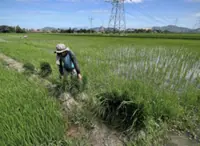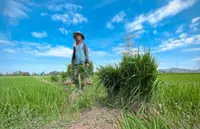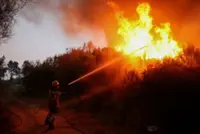KLANG: Every year whenever the weather turns hot and dry, residents in coastal Selangor are faced with unpleasant odour and fine debris originating from smouldering peat fires in the area.
One of the areas notorious for never-ending peat fires during the dry spell is Johan Setia, where it is a norm for small-scale farmers to burn vegetation to clear the land.
Follow us on our official WhatsApp channel for breaking news alerts and key updates!
Thank you for your report!





